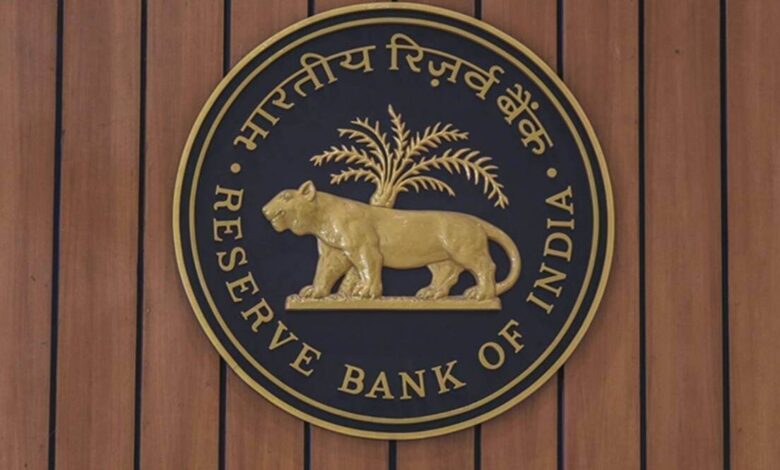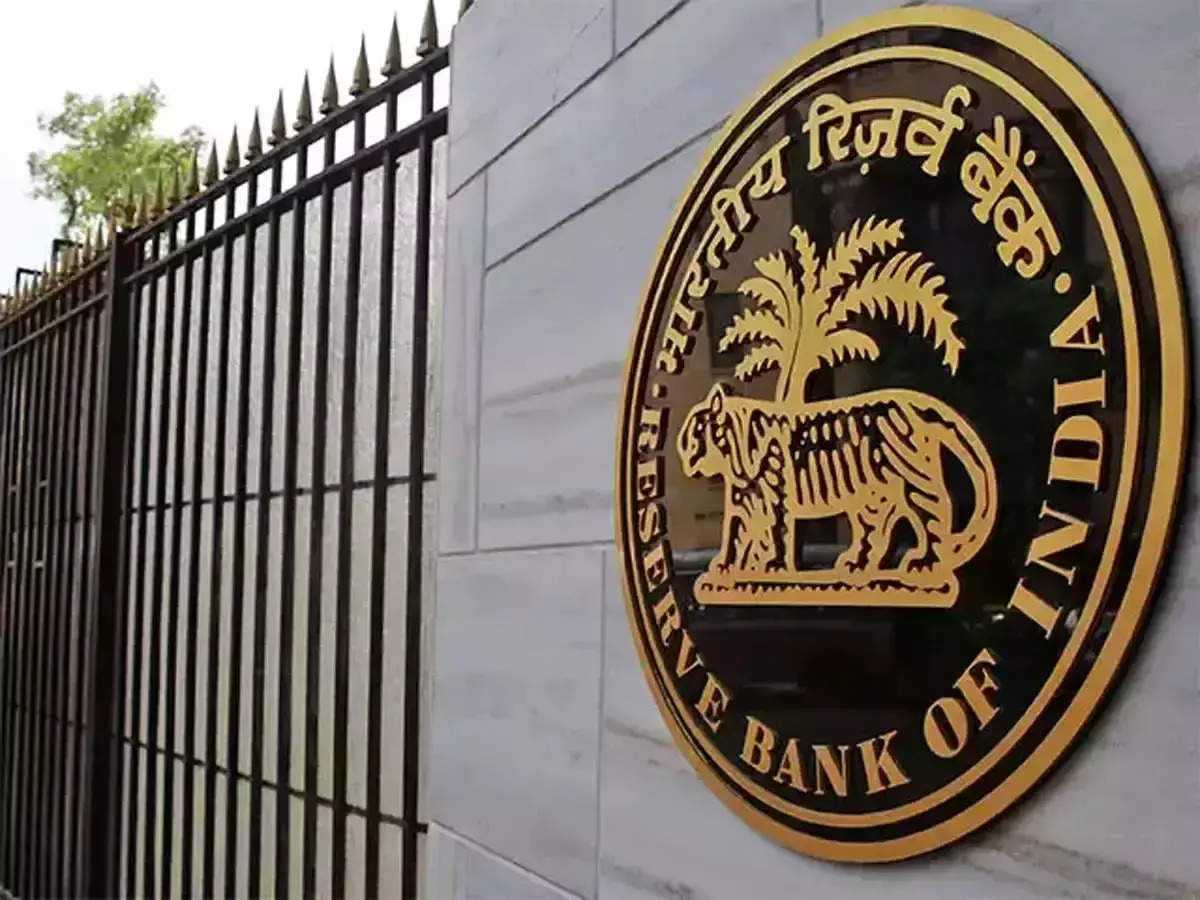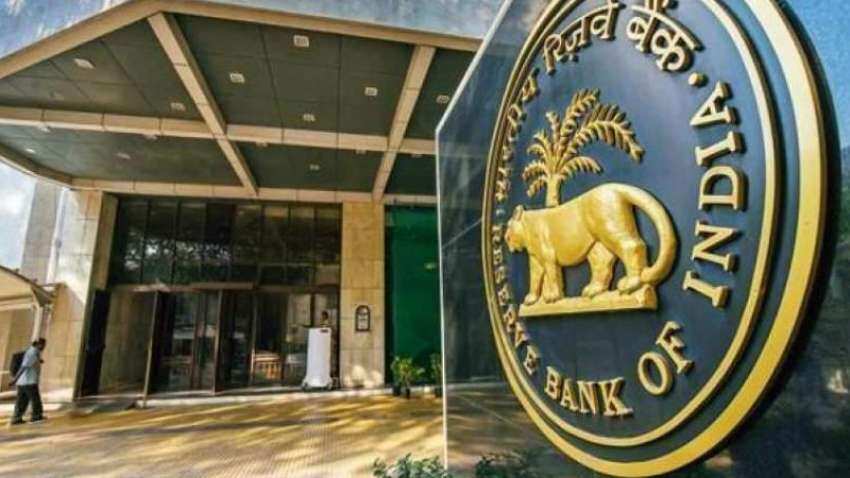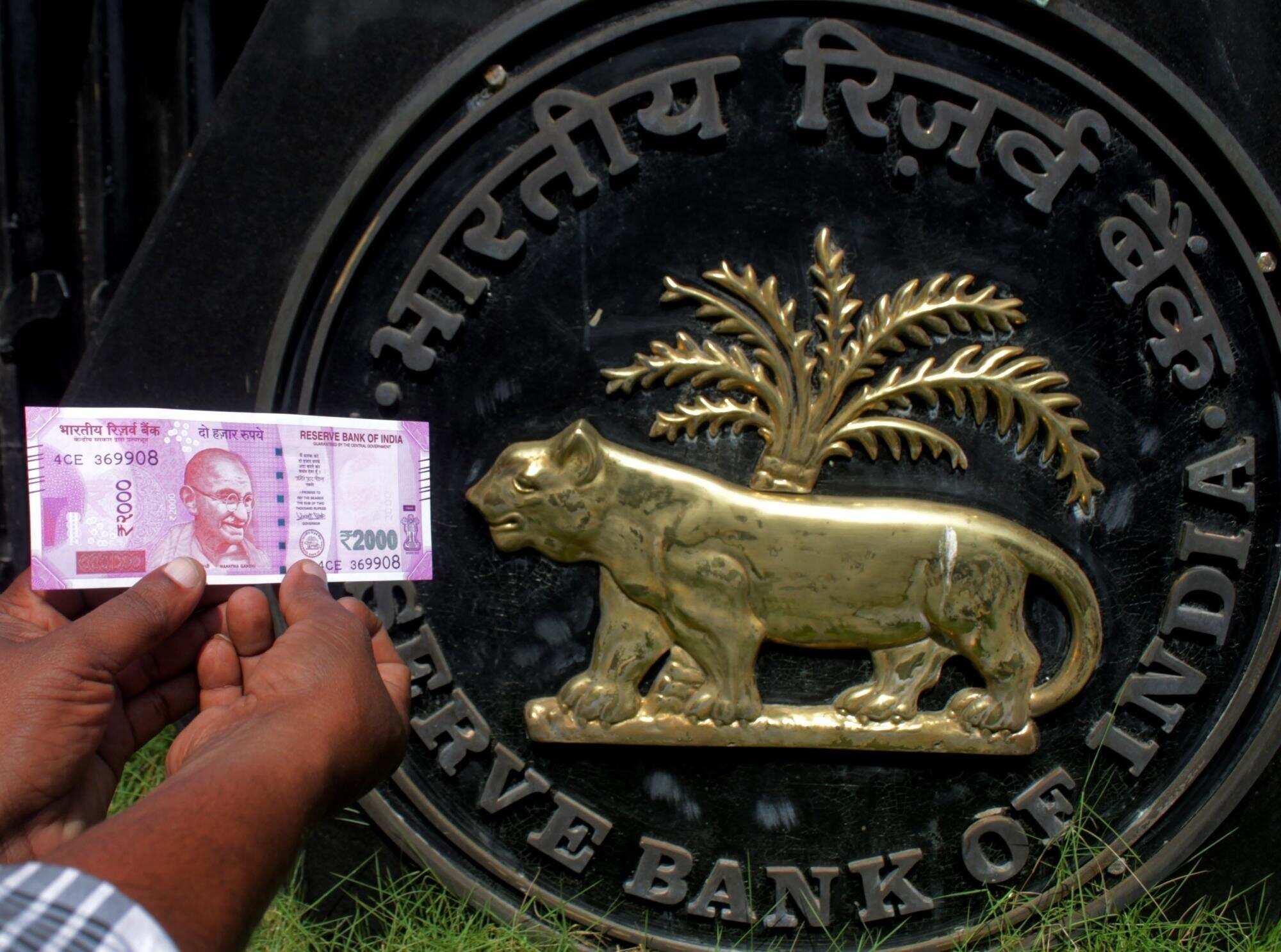RBI’s policy normalisation gets a leg up, say analysts

RBI’s policy normalisation gets a leg up, say analysts
Terming the RBI’s move to shift focus on inflation management as “clearly hawkish compared to the previous reviews”, economists and analysts on Friday said the monetary policy committee has hinted the beginning of the end of the three-year regime of easy money.
The six-member Monetary Policy Committee (MPC) voted to hold the benchmark repurchase or the repo rate at 4 per cent and decided to stick to an accommodative stance, the Reserve Bank of India (RBI) said after the first review meeting of the current fiscal.

Citing the ongoing Russia-Ukraine war and its impact on prices and growth, the central bank has slashed its growth forecast for FY23 by 60 bps to 7.2 per cent and increased the inflation projection by a whopping 120 bps to 5.7 per cent.
RBI Governor Shaktikanta Das, while announcing the policy decision, told reporters that the time is appropriate to shift the focus on to inflation management and move away from growth, citing the impact of the global geopolitical situation.

This is clearly a hawkish policy compared to the February meeting of the MPC, justified by the inflationary pressures that have emerged over the past month. The upward inflation forecast revision seems sensible given the broad-based nature of price hikes, Abheek Barua, chief economist at HDFC Bank, said in a note.
Barua fears that despite increase in limits in HTM (Held-To-Maturity) category, bond yields are likely to go up given the sheer size of the borrowing programme in FY23, and he pencilled in that 10-year yields to rise to 7-7.25 per cent in the first half of the fiscal.
Aditi Nayar, chief economist at Icra Ratings, while noting that the yield on 10-year government securities (G-sec) breached 7 per cent soon after the policy announcement, anticipated that the benchmark yield to rise as much as 7.4 per cent in H1.
She said the RBI governor also hinted at utilising various tools to manage government borrowings, but offering no comments on the yield curve, which is a public good, in his morning speech, suggest that yields will be allowed to move up gradually.
Sunil Kumar Sinha, principal economist at India Ratings, said the policy has finally brought about the much-expected correction in the LAF (Liquidity Adjustment Facility) corridor, even though with a twist, by introducing the Standing Deposit Facility (SDF) instead of reverse repo, and will function like the Marginal Standing Facility (MSF).
This means that at both the ends of the LAF corridor, there will be standing facilities – one to absorb and the other to inject liquidity– and access to SDF and MSF will be at the discretion of banks, unlike the case of RBI-controlled repo/reverse repo, OMO and CRR, he said.
On SDF, Anil Gupta, vice-president and co-group head at Icra, said the 80 per cent of surplus liquidity being absorbed under VRRR (Variable Rate Reverse Repo) at a rate closer to repo rate of 4 per cent, introduction of SDF at 3.75 per cent will improve the returns on the balance liquidity that was being placed by banks at reverse repo rate of 3.35 per cent.
But this will also lead to an increase in overnight call money rates and, will be positive for profitability of banks apart from leading to a spike in short-term rates.
Dharmakirti Joshi of Crisil said the central bank sounded more hawkish today as it has signalled calibrated removal of accommodation in this fiscal going forward even as maintaining an accommodative stance.

Though the RBI was already normalising the policy by absorbing excess liquidity through variable rate operations, today it took a concrete step by restoring the policy rate corridor under liquidity adjustment facility to pre-pandemic width of 50 bps by introducing standing deposit facility at 3.75 per cent as the floor of this corridor, and according to Joshi, this was imminent given the sharp rise in inflationary pressures.
The RBI has thus signalled shifting focus from reviving growth to mitigating inflation risks, and the change in the tone and narrowing of LAF corridor will prepare the markets for repo rate hikes to the tune of 50-75 bps this fiscal, beginning from the June review, he added.





